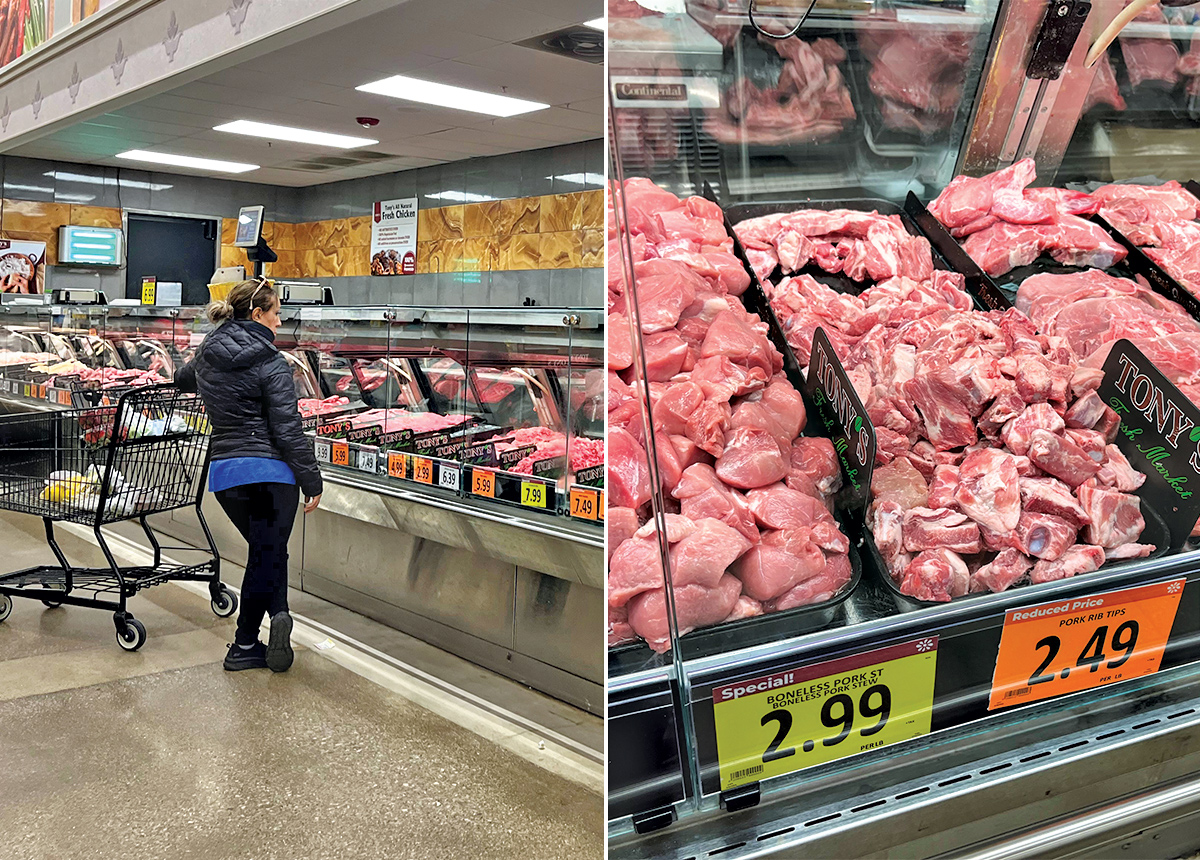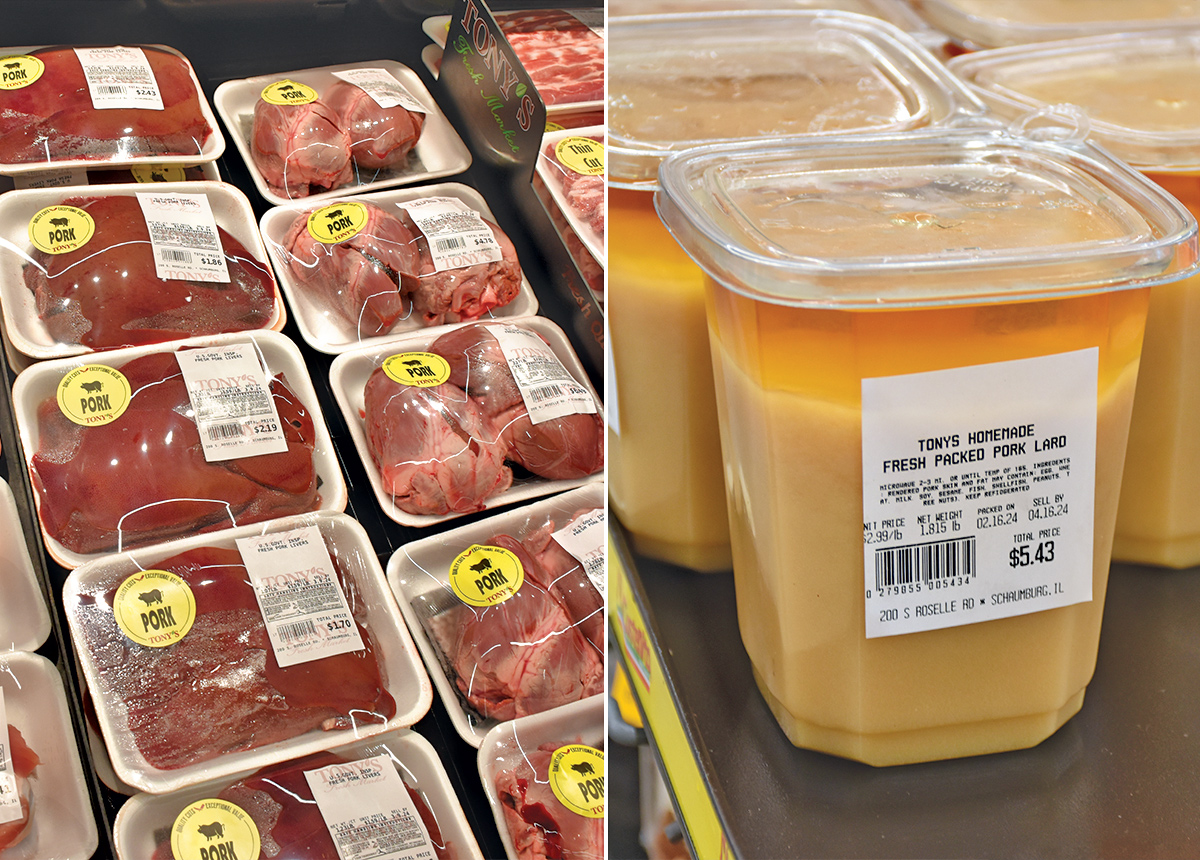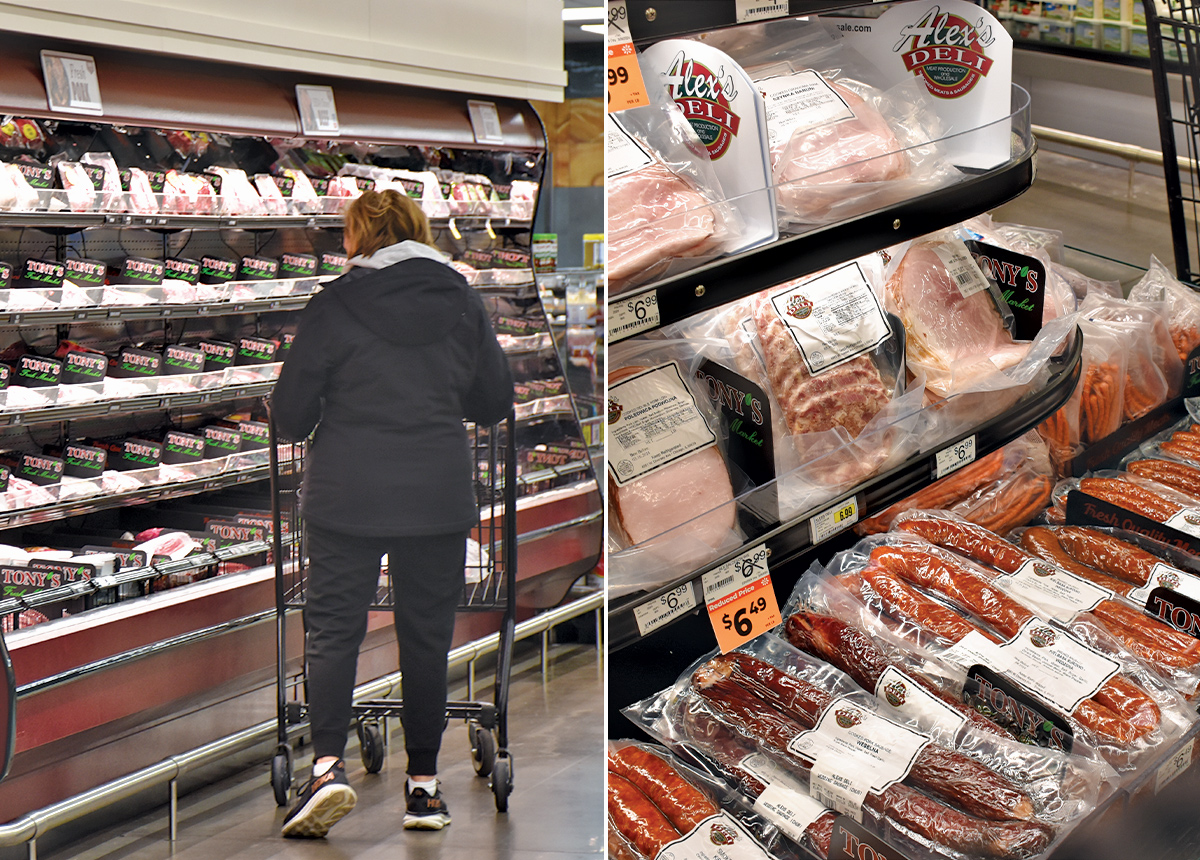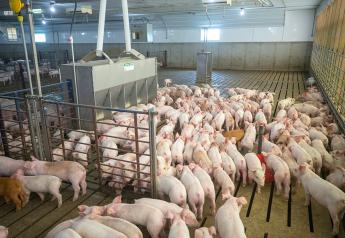Snout-to-Tail Strategy Sells More Pork in Chicago Grocery Chain

When you walk into a Tony’s Fresh Market store in the Chicagoland area, you’ll quickly discover it’s not a typical grocery store. It’s a pork-lover’s dream. To say they use everything except the oink might sound cliché, but at Tony’s, it couldn’t be more true. From snouts to tails, Tony’s makes full use of the pork carcass because its customers demand it.
With 180 pork products sold in 21 stores in Chicago, Scott Hackbarth, director of meat and seafood for Tony’s, agrees their stores are unique.
“We have a great platform for pork. I used to work for some of the competition locally, as well as nationally, years ago. I’ve never seen a company like Tony’s sell as much pork, beef, poultry and protein in general,” Hackbarth says.
Since 1979, Tony’s has been successfully identifying and meeting the needs of its approximately 65% Hispanic customer base. Although they cater to the Hispanic community, they don’t miss opportunities to take care of other multicultural clientele as well. Tony’s was recently purchased by Heritage Grocers Group, a like-minded grocery retailer focused on the Hispanic consumer with stores in Arizona, California, Nevada and Texas.
This multicultural focus is one reason the Illinois Pork Producers Association and the National Pork Board have teamed up with Tony’s Fresh Market on promotions and campaigns to push even more pork to the consumer and help drive demand in one of the country’s biggest markets.
A Perfect Partnership
For pork to remain relevant, the industry needs to focus on future demand, says Kim Hamilton, director of marketing for the Illinois Pork Producers Association.
“The industry has been reaching a certain consumer that is aging out, resulting in a loss of volume,” she says. “If we’re going to bring younger consumers into the category, one of those groups has to be multicultural.”

The grocery segment in the multicultural sector is a $50-billion market that is going to grow 2% a year, she adds. That’s an opportunity the industry can’t miss.
“When it comes to marketing pork, we can’t just keep doing and saying the same thing. We have to go after younger consumers with our messaging on nutrition, but also with different ways to prepare pork because the younger consumer thinks differently than we do and what we have traditionally marketed,” Hamilton says.
Hamilton is proud Illinois was the first state to launch National Pork Board’s Hispanic marketing program in the fall of 2023 with Tony’s during Hispanic Heritage Month and National Pork Month. She worked with Tony’s marketing team to feature four recipes featuring ground pork, pork chops and pork tenderloin, all products the store offered promotions on during the 30-day period.
“Activations were on social media, a targeted email from Tony’s to their customer list, a website slider with the tagline, ‘Celebrate Your Culture and Put Pork in Your Life,’” Hamilton says. “The result was a return on investment of almost 581,000 units/packages moved with sales of over $1.7 million in that 30-day timeline.”
With retailers on the front lines, meeting with consumers and selling product every day, there is no one better to understand what is driving pork consumption, says José de Jesús, senior director of multicultural marketing at the National Pork Board. De Jesús wants to get the message out to more retailers that National Pork Board can help them sell more pork. Most importantly, retailers don’t have to start from scratch.
“We have a lot of resources we can bring to the table so you’re successful in selling pork,” he adds. “We know the process works. We need to develop more partnerships so we can continue to sell more pork to benefit producers.”
Not Your Typical Grocery Store
Producer involvement in the process is important. One of Neal Hull’s favorite activities is to take pork producers to see a retailer such as Tony’s for the first time.
“If you visit a retailer that focuses on a multicultural Hispanic shopper, the pork set is totally different,” says Hull, who serves as the director of domestic market development at the National Pork Board. “If you visit a traditional retailer, you may have a 6', 8' or maybe even 10' set for pork. But when you go into a store like Tony’s, you’ve got 36 or 40 linear feet of pork. I’ve walked into stores with producers who had no idea retailers did this with pork.”
That’s what Jesse Heimer, a Missouri pork producer, thought when he first visited a Tony’s store during a Pork Leadership Institute tour.

“It’s an amazing grocery store,” Heimer says. “I’ve never seen anything like it. It would blow anyone’s mind how much pork they sell, the presentation of pork and the variety of pork. The emphasis they put on pork in their store was unmatched in all of our stops in Chicago.”
It was a full-circle moment, Heimer adds. He believes the industry spends a lot of time worried about what the consumer does and doesn’t understand about pork production.
“But do producers understand consumers?” he challenges. “Do pork producers in our country really understand the retail process? And do they have any comprehension of what’s going on at the grocery store level with our consumer?”
A Strategy That Works
For Tony’s, it’s all about meeting the customer where they are. Throughout the store, little yellow signs direct shoppers to find the best deals. One shopper explained she’ll only buy sale items because she is on a tight budget. She chooses Tony’s because they do the best job of drawing her in with sales and then delivering quality meat products.
“We use different cuts to draw the consumer in through our pricing mechanism,” Hackbarth says. “It’s really about price with our customer base, especially in these economic times. We draw them in with the price. That’s our invitation to get them in, and we utilize the entire hog in the size of our store to margin up on all the other items.”
He describes Tony’s average consumer as Hispanic, part of a big family and conscious about price. For the most part, buying decisions are driven by cost. Tony’s is focused on getting products to consumers at a fair price, which he says is challenging now with rising protein prices.
“Pork takes care of a lot of people, especially when you start getting into that third or fourth week in the month, when the purse is a little bit lighter,” Hackbarth says. “That’s where $2.99 ground pork comes in, and rib tips, and so on.”
Ground pork has continued to be popular; however, Hackbarth says you won’t see as much ground pork in their competition’s case. This is partly because Tony’s features ground pork at least two, often three, times a month in their ads.
“We have a different customer base than a traditional retailer. Our customer base is middle income to low income,” Hackbarth adds. “At the end of the month, our business slides a little bit, but then we start selling pork neck bones, pig feet, pork stew for $2.99 a pound, anything in the $2s. When you start to elevate to $4 or $5 a pound, you’re not going to sell as much at the end of the month.”

Tony’s understanding of its customers is critically important to its success.
“You cannot take a one-size-fits-all approach in which you offer the same product to everybody in a region or an area,” de Jesús points out. “You might have Hispanics coming in from different parts of Latin America, for example, or from different backgrounds. They may have grown up in the U.S., but their family may have come from Mexico or Cuba or Puerto Rico. It’s important to have the right assortment at the store and Tony’s does a fantastic job with that.”
A Two-Pronged Approach
Price is an undeniable factor for consumers, but Hull is quick to point out the National Pork Board is taking a two-pronged approach to growing pork consumption.
“Yes, it’s about driving demand, but it’s also about driving value for the product. We don’t want to be selling pork at a discount just to move the product through the system. We’ve always had a push strategy, now how do we create a pull strategy to get people to seek out pork, put it in their basket and then experiment with it?”
A retailer wants to build the basket, Hull says. At the end of the day, retailers want a high-dollar ring on the basket.
“We can demonstrate to retailers when pork is in the basket, that’s a more valuable shopper,” Hull explains. “When they’re buying pork, they’re also buying other proteins and things that go along with pork. We gather this data through Numerator with a panel of consumers that scan their receipts. It allows us to look through the data and see what else is in the basket when people buy pork.”
This is a crucial part of the story National Pork Board wants to share.

“Pork is an incredible value in the meat case,” Hull says. “But we don’t always have to be focused on how cheap we can sell boneless loins or pork chops. I remind retailers not to be afraid to margin up. When you’re selling another protein for $20 to $30 a pound, we don’t have to sell pork loins for $1.99 a pound because the gap is not that wide.”
It’s true Tony’s and other specialty stores offer a greater variety of pork product than the average grocery store, but de Jesús says their success also stems from how the products are merchandised.
“You see a lot of marinated products — it’s all about convenience with authentic flavor,” de Jesús says. “You go to a store and buy al pastor, but it’s already marinated in
authentic flavor. That removes a step away from the consumer at home. Specialty stores understand their customers very well and know how to merchandise it to them.”
For example, a traditional retailer might offer St. Louis ribs, spare ribs and baby back ribs. If you go into a market focused on Hispanic consumers, they take ribs to a new level with upward of a 12' section of ribs merchandised in different ways from single bone cuts to riblets, Hull says. Many Hispanics use pork as an ingredient, so novel ideas help sell more pork.
One More Time
“We have to make pork relevant to the next-generation consumer while not walking away from our core consumer today. We want the Boomers to eat more,” Hull explains.
He says it’s all about the concept of “one more time.”
“The average U.S. household buys pork chops 3.3 times a year. How can we get them to buy pork chops one more time?” Hull says.
He was talking to a food service operator recently who said they do a monthly special on ribs, and customers love it.
“I said, ‘Why don’t you do it once a week? Every other week? Double up?’” Hull says. “It’s getting people to simply put it in the basket one more time — whether that’s one more time a month, one more time a quarter, one more time a year. There are tons of opportunities to grow the category.”
And Hackbarth says Tony’s is ready to grow, too.
“As demand for pork grows, we’ll continue to grow pork in general,” Hackbarth says. “We are not afraid to add more space for pork in the stores.”
Take a tour of four retail stores in Chicago to discover the differences in how pork is merchandised in each store to meet the needs of different consumers.
Read More:
How a Grocery Store and a Packing Plant Opened Two Pig Farmers’ Perspectives
For the Love of Pork: Influencers Eddie Zamora and Ashley Sampson Help Cooks Avoid Dry Pork Chops







